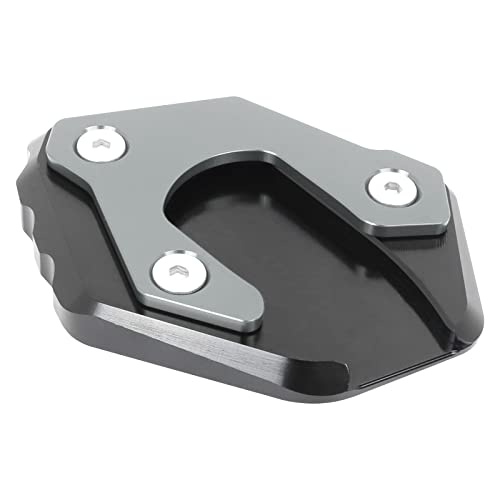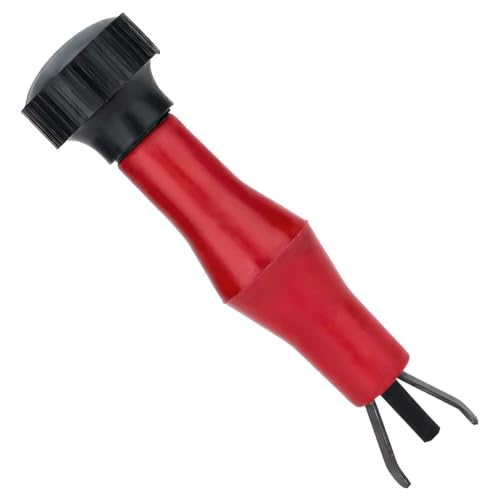I wonder how much my range would increase if I just lost 40 pounds. :assassin:
It wouldn't affect fuel consumption at all at steady cruising speeds. When maintaining speed, the engine only needs to fight against drive-train friction and air resistance, of which neither depend on weight.
A change in weight would only affect acceleration. If you lost weight and reduced throttle input to achieve the same acceleration as before losing weight, then you would use less fuel while accelerating. OTOH, engine braking would slow you down quicker, so you'd either need to wait longer before you start slowing down (using more fuel), or keep the throttle open a bit more (using more fuel) to slow down at the same rate as before you lost weight. Maybe it would all even out to no net change in fuel consumption? It's hard to say how it would all work out in the end. It really depends on how you adjust (or don't adjust) your riding habits.
Probably not the response you expected. Maybe I should've gone the smart-ass route and said something like, "40 pounds? Are you kidding? You'd have to lose a heck of a lot more than that!"


































































